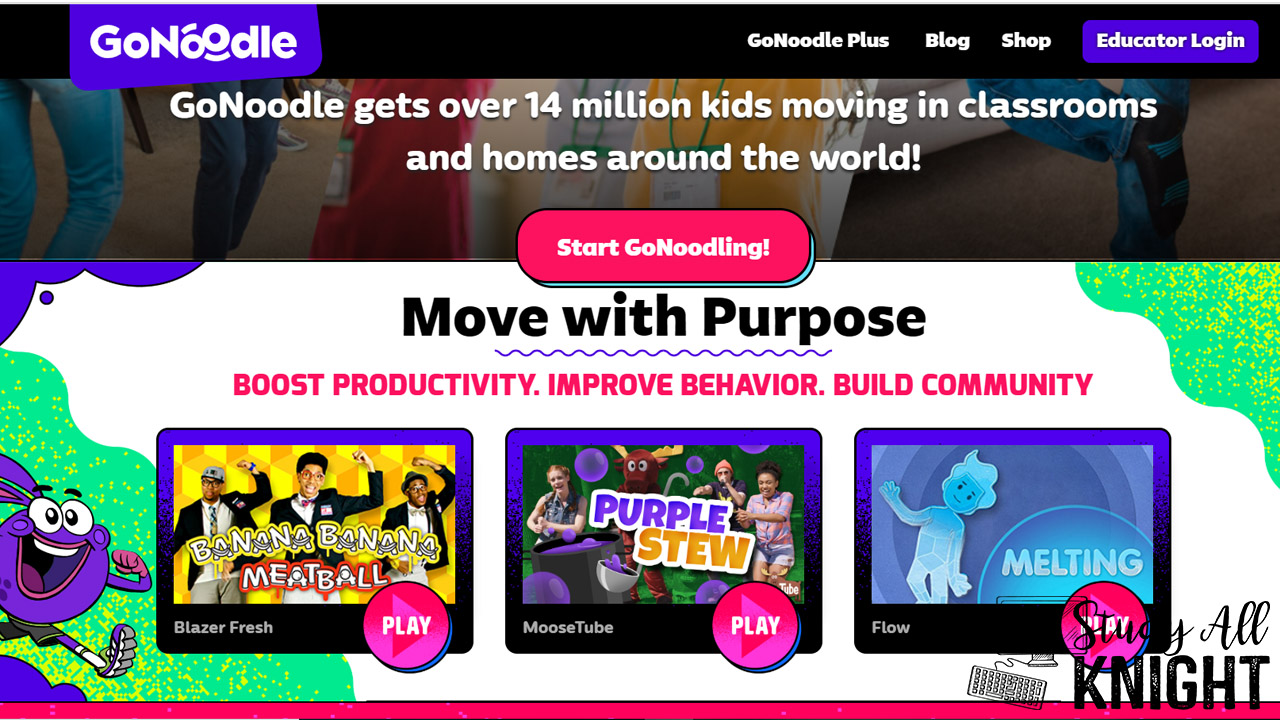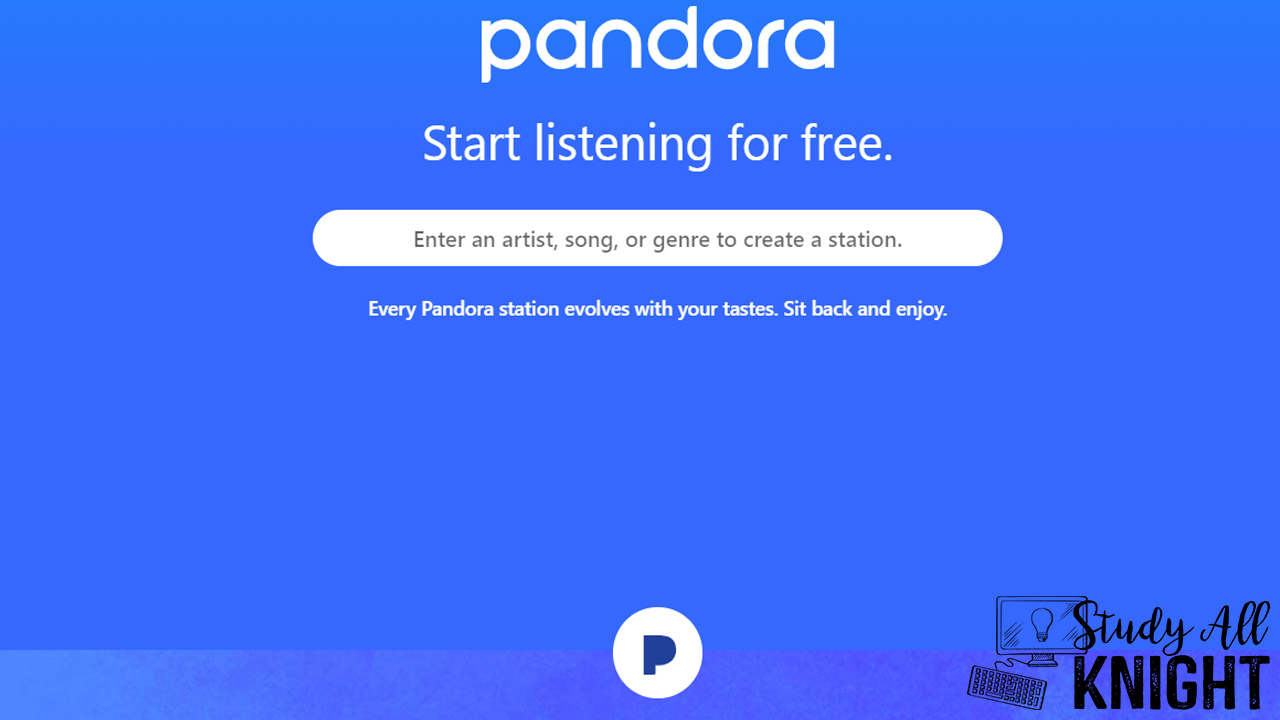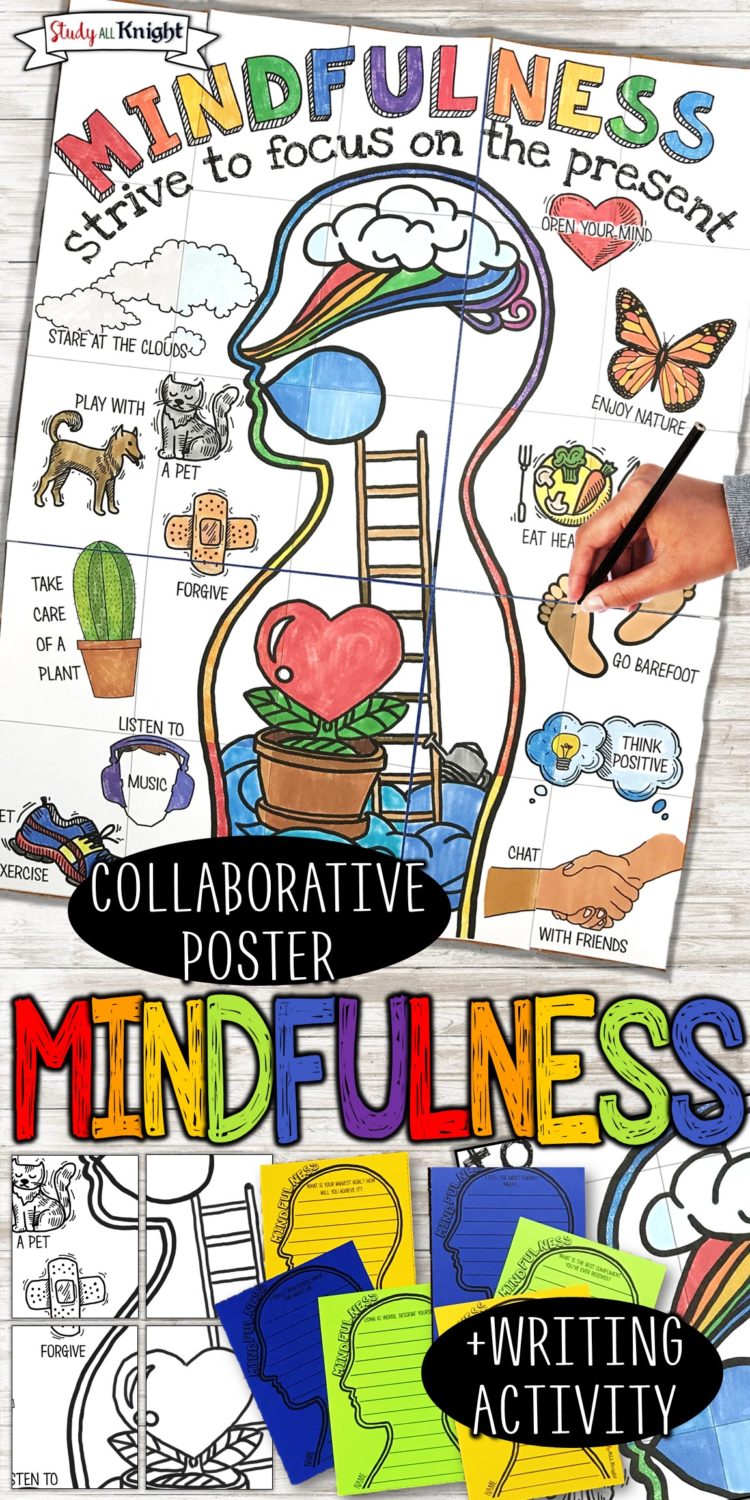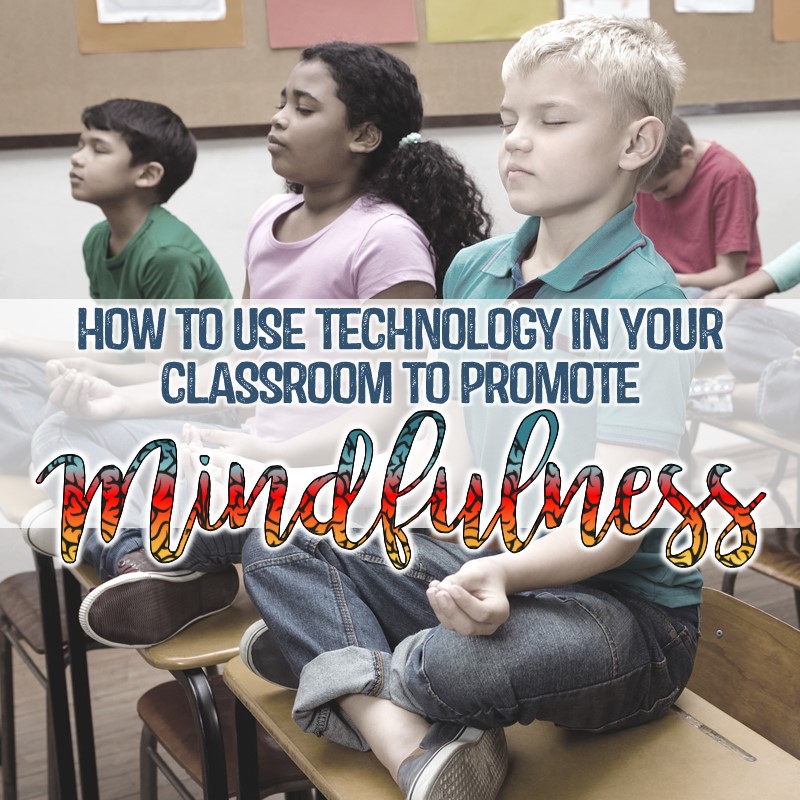How many times in a day do you find yourself stressed out about something? It does not matter how big or small, we, as adults, experience stress every day. It affects the way we feel and operate mentally, physically and socially. Now think about your middle or high school students. They also deal with their fair share of stress during their day, whether it’s from their families, friends, academics or even sports. They come to our classroom frazzled, unable to concentrate or focus, and just plain miserable. So what can we, as their teacher, do to help our students? Start by thinking about mindfulness in the classroom.

What is Mindfulness?
Mindfulness is a key buzzword in the self-help world today. What does this buzzword mean exactly? Mindfulness means:
- You are able to mentally be ‘in the present’ moment.
- Your mind is focused on the ‘here and now’, not something in the past or something that could happen in the future.
- Your mind is calm and at ease.
- You are aware of your current thoughts, feelings, and emotions and are able to process them as they come and go.
- You are aware of where you are and what is going on around you, without becoming reactive to it.
Mindfulness in the Classroom
Practicing mindfulness in the classroom through various forms of meditative methods is an excellent way to help our students control their emotions before it gets the best of them.
This practice could take place:
- In the few beginning moments as the students enter your classroom
- The last few minutes before they leave your classroom for the day
- At any time during your lesson you feel your students could benefit from a 5 minute ‘time out’
There is no right or wrong way to practice mindfulness so the method and timing is completely up to you. I include Amazon affiliate links in this post.
Incorporating Mindful Meditation
Here are some top ways you can incorporate the practice of Mindful Meditation into your classroom:

GoNoodle
An easy to access website is GoNoodle. Although it is geared towards elementary aged students, it is highly recommended and beneficial for mindfulness in the classroom.
GoNoodle provides students with brain breaks where they are getting out of their seats and getting active for a short period of time. GoNoodle Plus allows students to get active while also incorporating math and spelling skills as well. Activities range from following a range of dance sequences (who doesn’t want to learn how to Whip and Nae Nae the right way?), to signing silly rhyming songs with coordinated hand movements.
A key component to this website is it provides a child-friendly yoga program which can help even the tiniest minds practice breathing and staying calm.
When you create an account, a monster avatar is assined to you. This monster grows and changes as you progress through various activities, another added bonus!
Check out www.GoNoodle.com to set up a free account and to monitor your class’ progress.

Sounds
Sounds is an easy meditative technique. The sounds of rain, ocean waves, birds chirping, and the hum of a fan can provide a sense of calm and relaxation to almost anybody.
These sounds could be playing:
- As students enter the classroom each period
- Before a test
- Throughout the day as a way to monitor the sound level of students in the classroom.
If you have an Amazon Prime account (www.amazon.com), you can stream various playlists, albums of meditation music, or instrumental background music. A simple search of available music using the terms “Music for Studying” or “Instrumental Background Music” will give you a wealth of choices.
Pandora (www.pandora.com) is another option that can be streamed over any device for free (with advertisements that may need to be muted at times) that provides a user with various stations to search and play as background music.
Using soothing sounds helps create a calm atmosphere and paired with yoga from GoNoodle or breathing it creates mindfulness in the classroom.

Breathing
Close your eyes and slowly breathe in, hold it for a few seconds, and breathe out. Focus and repeat. Breathing can be done anywhere. This exercise can be done as a class or when you see individual students who could really benefit from focused breathing for a few seconds.
Slow, focused breathing slows down our heartbeat when we feel scared, nervous, anxious or mad. It allows us to take a step back and calm down. A great free app that can be used to provide students with calming background music is Calm (iTunes and Google Play, www.calm.com). This app can be tailored to the individual needs of your students and can be played at various intervals. Calm provides users with guided meditation, visualization and breathing exercises.

Another option through the Calm app and website is the website www.donothingfor2minutes.com. Once you have accessed the website, your screen turns to a calming background image and provides the user with instructions to relax and just listen without touching the computer. Once the computer is touched, the timer resets. This provides students with both a calming visual and an opportunity to breathe for two minutes.
Visuals
Another easy meditative technique that helps bring mindfulness to the classroom is the use of visuals. When people see things that comfort them, it puts them at ease. These visuals could be a beach scene, a mountain scene or a fluffy puppy. Taking a few minutes to just look at images that relax our minds is enough to calm anxiety and stress.
One easy way to provide visuals to your students is through the background on your computer. You can set up a background to any image as long as your desktop is connected to a SmartBoard or other display device. Some settings even allow for these backgrounds to automatically rotate and change on a given time schedule that you set.
Individually, you can have students set the background (if they are not limited to their settings on their devices) to an image that calms them, that they can use when they need it.
Taking a few minutes to just look at images that relax our minds is enough to calm anxiety and stress. One easy way to provide visuals to your students is through the background on your computer. If your desktop is connected to a SmartBoard or other display device, you can set up your background to any image that you choose. Some settings even allow for these backgrounds to automatically rotate and change on a given time schedule that you set.
Individually, students can set the background (if they are not limited to their settings on their devices) to an image that calms them. This method allows them to use it when they need it with ease.
Essential Oils
Many classes also have an essential oil diffuser. Essential oils can be beneficial for calming or being alert depending on the oil you use. There are several essential oil companies on the market that are credible. If you do plan to diffuse essential oils in the classroom, I would send a note home to parents to ensure no one has a problem with their child being exposed to these calming oils. In the letter, inform the parents of your intent: to create mindfulness in the classroom.
If you need a diffuser, one can be easily purchased in a variety of stores or online. The teachers I know purchased them on Amazon. The most popular one has a subtle colorful light changing feature that can provide students with a way to stop and focus for a few minutes in class.
Mindfulness Journals
Exercising mindfulness through writing is a proven technique to express your thoughts and emotions when they seem to be overwhelming. Writing, journaling, and drawing are therapeutic techniques that could easily be incorporated into a classroom for small periods of time.
Writing about your thoughts, even if your the only audience, can help clear out your mind and give you a new perspective on what was bothering you and allow you to come up with solutions, rather than remain angry and stressed. Meditative coloring books have been a popular trend in
Mindfulness Coloring for Kids
Setting up a Google Slides presentation with various writing prompts which will give students a chance to focus on their thoughts and emotions is a great way to incorporate journing into an elementry classroom. You can also have “mindful journal prompts” available for students. Sometimes we know we need to destress but don’t know where to start.
Another tool you could utalize is a cozy space. Creating a cozy space where students who need a break can retreat a color or write in a meditative journal is a great way to provide students with an opportunity to be mindful of their feelings.

This Mindfulness collaborative poster is triple the fun with the combination of coloring, creativity, and social and emotional learning poster group work! All inspired by promoting mindfulness and personal well-being in your classroom. The collaborative poster features 12 writing prompts. Students will collaborate to assemble the poster for your classroom wall, bulletin board, classroom door, hallway, lobby, or library. Great for back to school, test prep and to get your students enthusiastic for the practices of mindfulness, contemplative education, and social and emotional learning! Watch students and staff stop and look at your mindfulness colorful poster…it is eye catching!

These are just some of the many ways to incorporate mindfulness into your classroom. It is easily adaptable to any grade level. Not only will it increase focus and learning, but it will make for happier students, and teachers, as well!





One Comment